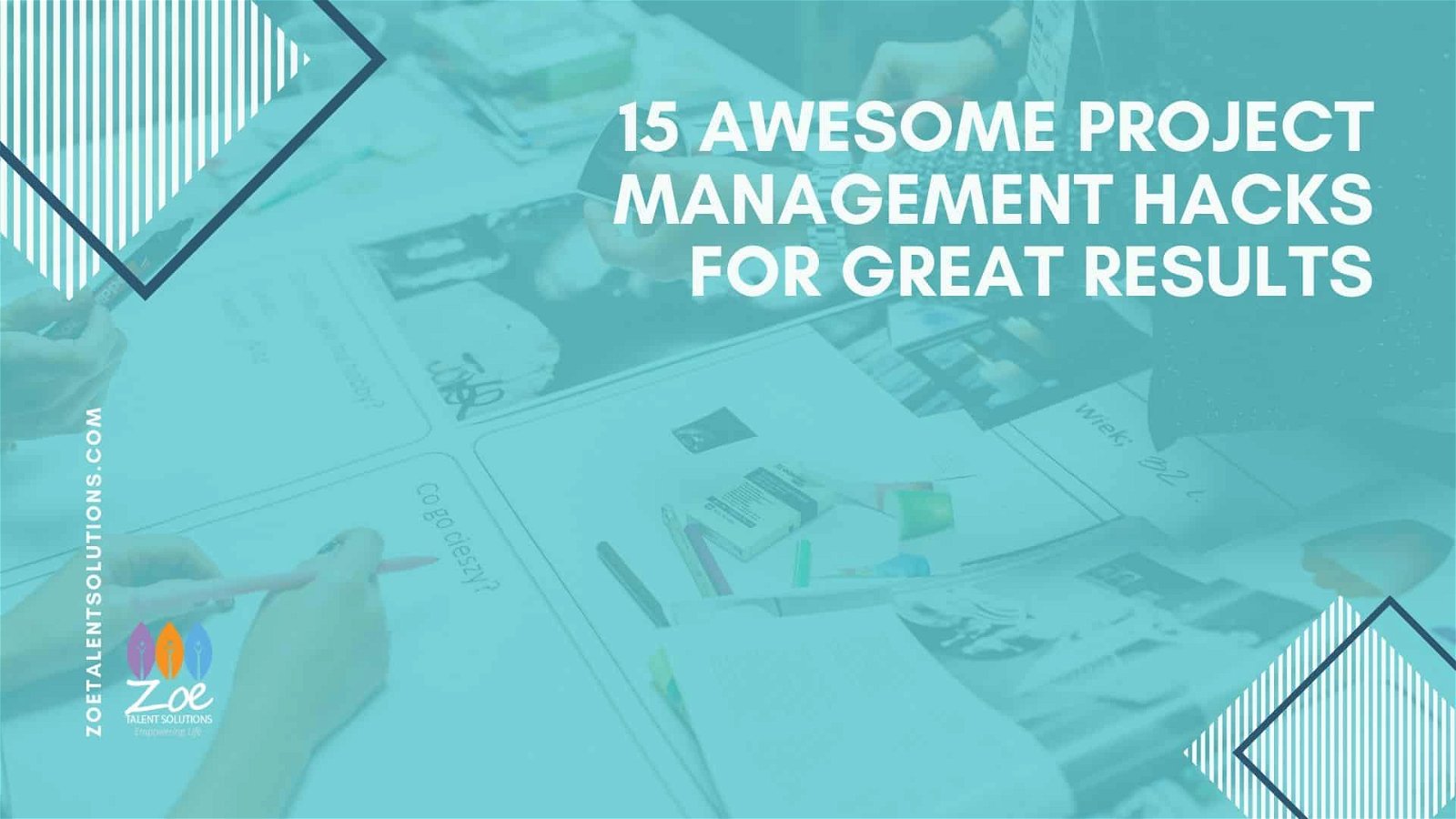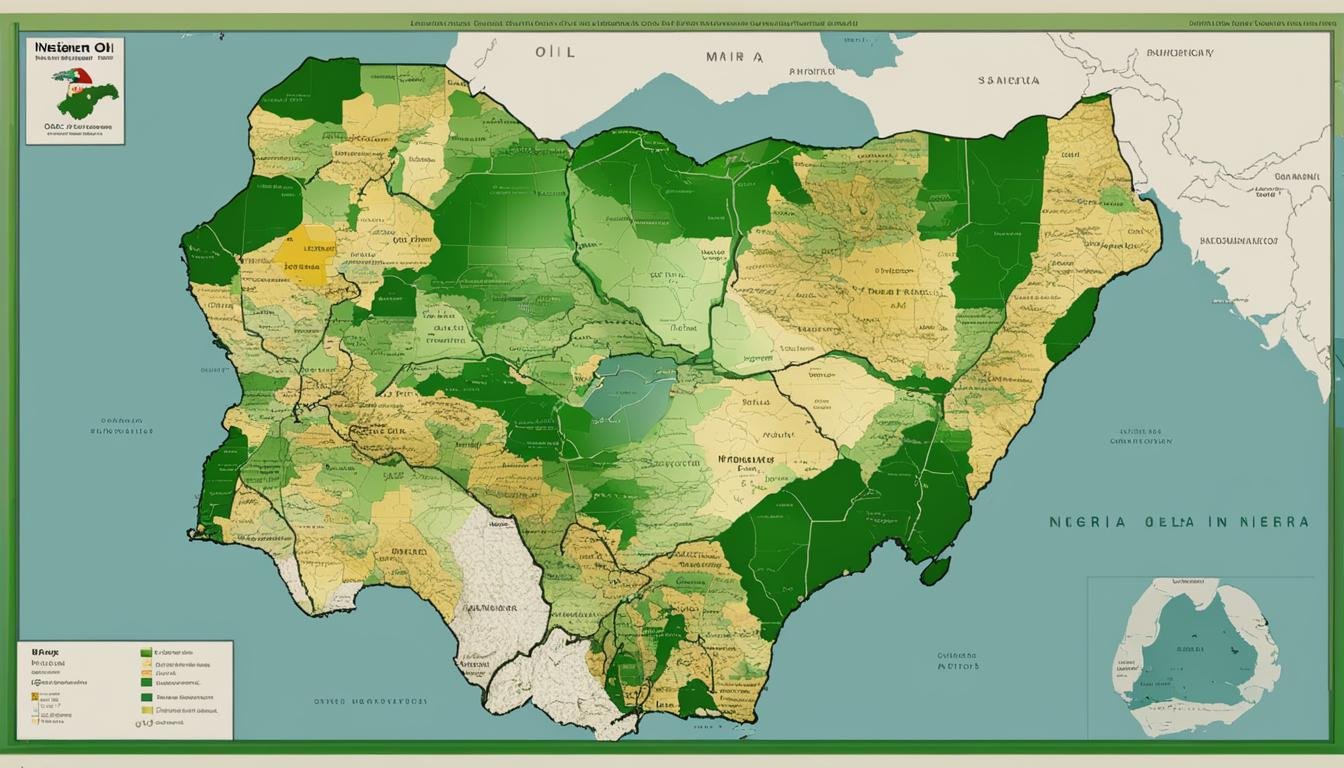Are you interested to know about the project management hacks?
If you are a project manager then you should know that project management is a very tedious and daunting task.
Like a good project manager, you had to think about the desired deadlines, required budgeting, tasks delegation, collaboration among the team members and the successful completion of the finished product.
The most important thing for you as a project manager would be to put these complex parts into a well-structured plan so that each task completes in a smooth way without any obstacle.
Here are the 15 awesome project management hacks that will make you a great project manager for sure while managing any project from small to large.
1. Define Your Project Scope
Define the scope of every project you undertake. Properly defining the scope for your project will make it super easy to craft your project plan from start to finish.
2. Craft a Clear Roadmap
As a project manager, you should have a clear roadmap of what you are going to start and what you are going to accomplish otherwise everything you plan will starts failing.
3. Use Project Management Apps
As a good project manager, use apps to easily assign tasks, measure progress and map out the project goals. Automated apps will make it very much easy to centralize your information so that it can be seen and read by everyone involved. There are many good apps available to use such as bitrix, basecamp, evernote, trello and many more like that.
Check out our article: The Top 5 Project Management Apps
4. Prioritize Your Tasks
Prioritize your tasks which will make your life super easy. Prioritization will make you enable to assign the exact amount of time to each task.
5. Do Proper Documentation
Properly document each activity or tasks to keep everything clear and in perspective which will keep you aware where you are heading.
6. Delegate Your Work
Properly delegate your work to your team members to maximize your productivity which will reduce your workload and stress. Delegation will help you out assign tasks to each of your team members according to his specialty which will ensure an optimum results with greater quality.
7. Avoid delay
Always try to avoid delay in the completion of your task which will disturb your whole plan and in the end your whole project. If the task is unpleasant or large then split it into small parts and assign each member of your team accordingly to avoid the delay.
8. Keep Everything in One Place
Always try to keep everything in one but in a central place so that everyone involved in the project can easily access it. There is much good software available out there which can help you keep your information in one central place. You can use spreadsheets, Google drive to manage your tasks so easily.
9. Stay Positive
Try to stay positive during the course of your project which will help you achieve your ultimate goal.
10. Avoid Interruptions
The best way to manage and avoid your interruptions is to keep your cell phone face down, set out your Skype to do not disturb, close your door, turn of your email and avoid Facebook usage etc.
11. Take Your Project as a Learning Opportunity
Each project has a unique and different nature so treat each of your project as a learning opportunity both for yourself and your team members which will help you learn a new skill.
12. Work Smarter not harder
Think creatively and strategically keeping the big picture in your vision. Work smartly not hardly to achieve you project goals.
13. Work in Collaboration
Work in complete collaboration with your team members to ensure transparency and produce teamwork which will motivate your team members keeping their morale very much high.
14. Educate Yourself
Gain as much knowledge as possible about the project you are all set to undertake which will provide a clear context for your communication between you and your team members.
15. Ask for Your Client Feedback Continuously
Once you start working on your project try to make your client feedback as part of your project workflow to avoid the bad surprises at the end. Project requirements will change time to time with new features to incorporate. As a project manager, it would be your prime responsibility to not only track the progress of each of your team member but also how to cope up with the dynamically changing requirements of the project.











![Saudi Oil Industry Key Stats Unveiled [2024] 12 Saudi Oil Industry Key Stats](https://zoets.b-cdn.net/wp-content/uploads/2024/02/h.jpg)






